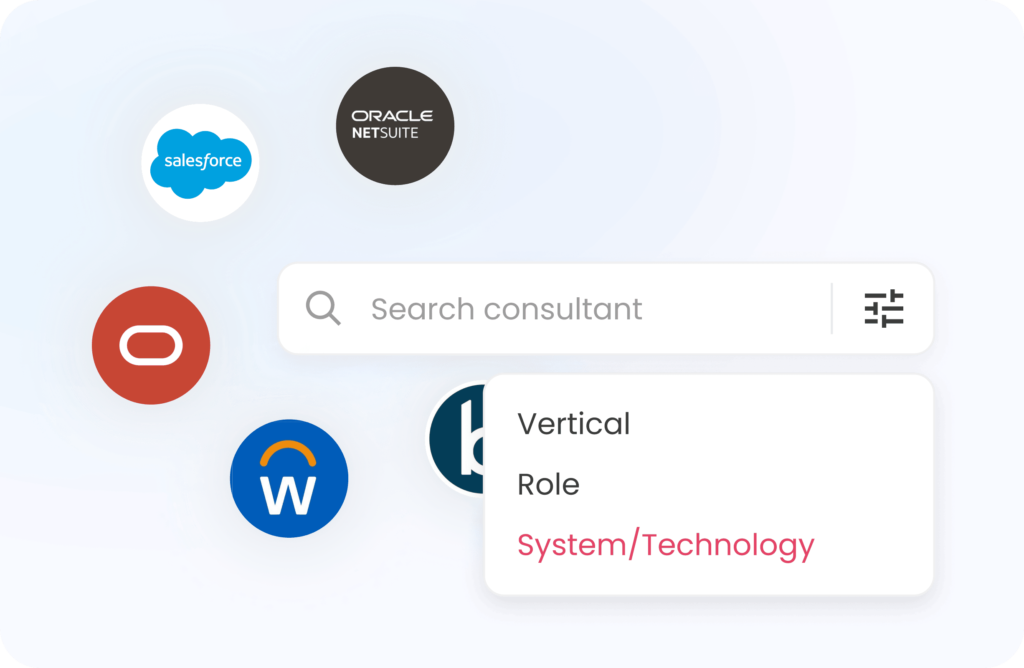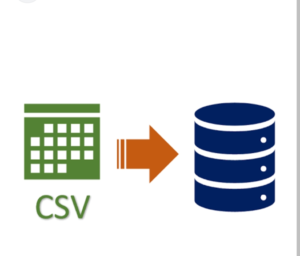Project Management involves guiding a team’s efforts to meet the goals of a project while adhering to certain limitations. Each project typically develops its own unique research and development processes.
However, the Oracle NetSuite framework aligns well with many of these approaches by outlining a clear course of action. In cases where a particular methodology is not established, Oracle NetSuite combines the best elements from various methods.
Below, we explore how NetSuite effectively integrates IT project management methodologies into its overall ERP processes.
Project Management Methodologies Used in NetSuite
Agile and Scrum Based Method
This methodology talks more about a flexible, iterative build process. While it consists of a set of processes to be followed in each phase, we have NetSuite’s SuiteBuilder and SuiteFlow which are in itself a NetSuite tool for following the Agile Methodology of building a process and adhering to it.
It can be further divided into parts to attain a goal like we have our Sprints in Scrum methodology.
Kanban and Lean Method
These methods aim at reducing wasting time and resources to boost productivity. NetSuite’s Project Management is a best fit for this as it promotes billing as you use methods with incremental timesheet billing options. For in-depth Project Management with exclusive time monitoring to check productivity in place, we can use NetSuite OpenAir too. This helps in categorizing activities by their values in the process.
Six Sigma Method
The Six Sigma is a 5 step method – Define, Measure, Analyze, Improve and Control.
This aims at problem resolution. NetSuite uses its SuiteAnalytics to define measures and analyze the situation to move further with its improvement and control using SuiteBuilder, SuiteScripts and SuiteFlows to customize forms and workflows to act within the defined protocols for a business to move smoothly and sail its boat within the legal statutes.
Waterfall Method
Waterfall is the simplest IT project management method of all for planning and executing projects. The next step is dependent on the prior step and this sequence continues. All the steps for execution are determined and defined at the beginning of the project and have to be completed one-by-one in a systematic manner to get the desired results at the end of the project.
NetSuite SuiteFlow is one such example of generating actions based on the triggers selected on the form on screen. It executes all the actions in a defined sequence based on the user action configured at the backend.
Of all the given strategies, the one which NetSuite follows by default is the Waterfall method. It has all its forms interlinked and interdependent which makes it mandatory to follow one step at a time with adhering to each based on line-wise priority.
Thus, NetSuite implements all the project management strategies to the best of its use in daily NetSuite activities performed by a user to create a sense of belonging for each action based on the Project Management strategies.






